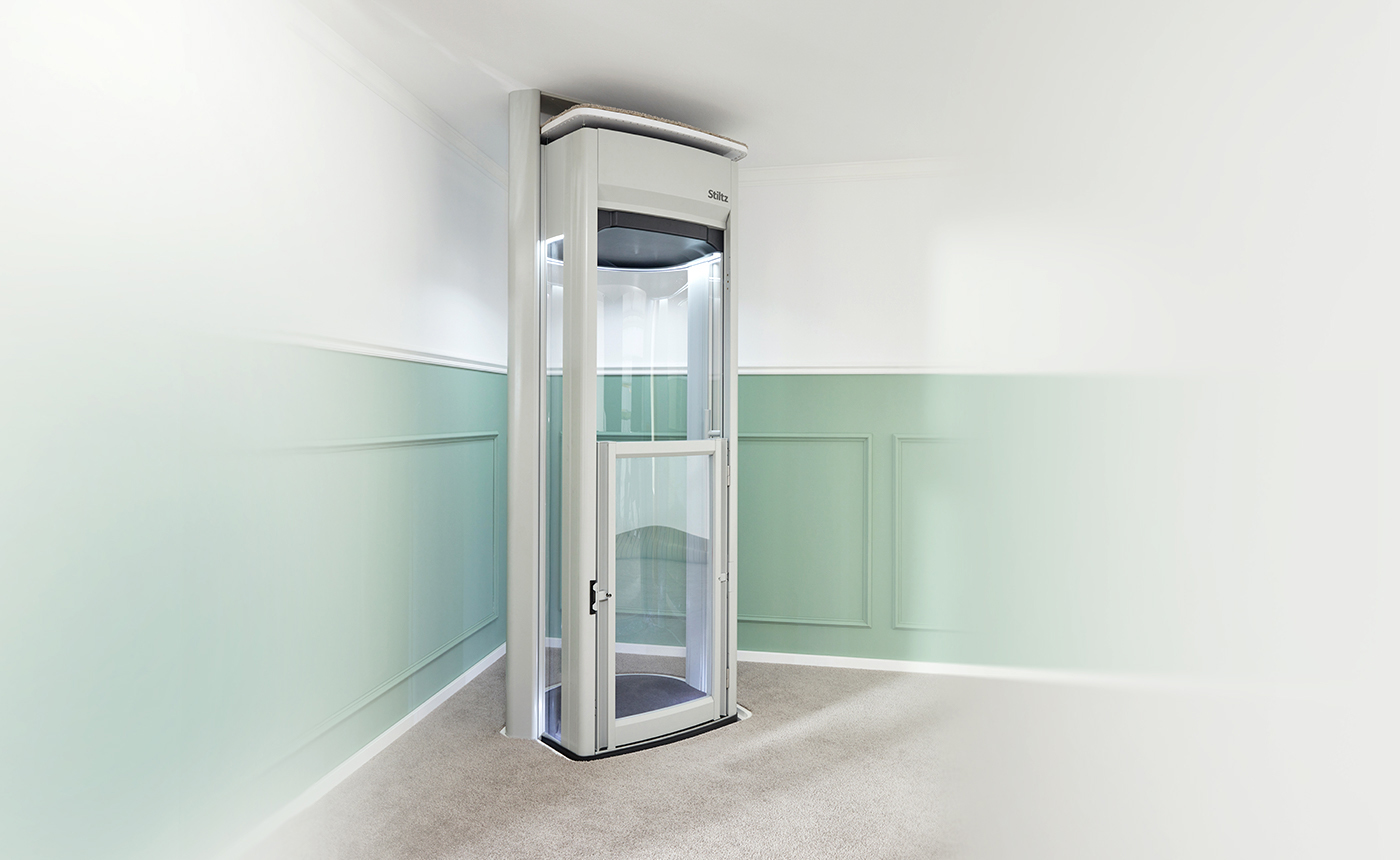Compare Disabled Platform Lifts Prices UK: Affordable Options for Every Requirement
Compare Disabled Platform Lifts Prices UK: Affordable Options for Every Requirement
Blog Article
Exploring the World of Elevators: Common Concerns Faced by Various Lift Devices
As we navigate via the upright transport systems of contemporary structures, elevators stand out as a crucial component of our everyday lives. From hydraulic elevators to traction systems and machine-room-less styles, each lift type comes with its collection of usual issues.
Hydraulic Elevators
Hydraulic elevators, usually preferred for low-rise buildings, utilize fluid pressure to control the activity of the lift car (lift repair companies). This system includes a hydraulic pump pressing oil right into a cyndrical tube, creating the lift to relocate in the wanted direction. While hydraulic lifts are known for their smooth and quiet operation, they do include their own set of common problems
One common issue with hydraulic elevators is oil leakage. The seals in the hydraulic system can break in time, causing oil seepage. If left unaddressed, this not just develops a mess yet can additionally affect the elevator's efficiency. Furthermore, problems with the control system, such as malfunctioning valves or a malfunctioning pump, can trigger disturbances in the lift's motion.
Regular maintenance and timely repair work are necessary to guarantee the smooth performance of hydraulic lifts. By attending to these typical issues proactively, structure owners can minimize downtime and make certain the safety and security and effectiveness of their vertical transport system.
Traction Lifts
When taking into consideration vertical transportation systems in structures, one more common kind apart from hydraulic elevators is the grip elevator. Grip elevators run utilizing a system of ropes and weights that move the lift cars and truck by gripping onto the hoist ropes. This device enables for smoother and much faster vertical transport compared to hydraulic systems.
Among the usual issues encountered by traction lifts is rope wear. The constant motion of the ropes within the grip system can result in tear and use with time, potentially creating the elevator to breakdown or become dangerous for use. Routine inspections and maintenance of the ropes are vital to make sure the lift's proper performance and safety and security.
One more problem that grip elevators may run into is associated with the control system. Issues with the control system can bring about issues such as unpredictable activity, delays in reaction times, and even complete shutdowns. Normal testing and maintenance of the control system are important to prevent such issues and make sure the lift's integrity.
Machine-Room-Less (MRL) Elevators

Among the crucial components of MRL lifts is the small gearless grip maker that is installed within the hoistway. This equipment effectively drives the lift car without the requirement for bulky tools found in typical traction lifts. Furthermore, MRL elevators typically utilize a weight system to stabilize the cars and truck, further improving their energy effectiveness.
Despite their advantages, MRL lifts might face challenges connected to upkeep and repair because of the constrained room for equipment installation. Availability for servicing parts within the shaft can be limited, needing specialized training for professionals. Correct maintenance schedules and regular evaluations are critical to ensure the continued smooth operation of MRL elevators.
Overloading and Weight Limit Issues
Overwhelming and weight limitation problems are crucial concerns in lift procedures. Elevator producers design raises with certain weight capabilities to guarantee passenger safety and security and devices long life.
When elevators are overloaded, it puts excessive pressure on the motor, cables, and other parts, potentially creating malfunctions or malfunctions. Safety and security systems such as sensors and overload sensing units are in place to protect against elevators from moving if they identify excess check out here weight. Furthermore, exceeding weight limitations can lead to raised energy intake and wear and tear on the lift system.
To reduce straining issues, constructing managers should plainly display weight limitations in elevators and inform occupants on the value of sticking to these limitations - lift repair companies. Regular maintenance checks by certified specialists can additionally help make sure that lifts are operating within risk-free weight criteria. By dealing with overloading and weight limitation concerns proactively, building owners can improve lift safety and effectiveness
Electric System Failings
Surpassing weight restrictions in lifts can not just lead to mechanical problems yet also potentially add to electric system failings within the lift infrastructure. Electrical system failures are an essential concern in elevator operation, as they can trigger unforeseen shutdowns, malfunctions, and even security threats. One usual electric issue is the overheating of components due to excessive current flow brought on by overwhelming the lift past its capability. This can cause harm look at this website to the control, electrical wiring, or electric motor systems, leading to costly repair work and downtime.
Moreover, power rises or changes in the electrical supply can also disrupt the lift's operation, affecting its efficiency and safety and security. These electrical disturbances can harm sensitive elevator parts such as control board, circuit card, or sensors, bring about system failings. Regular upkeep and assessments are vital to determine and address possible electrical concerns immediately, guaranteeing the secure and effective operation of lift systems. By adhering to weight restrictions and carrying out regular electrical system checks, structure owners can mitigate the danger of electrical failings in elevators.
Final Thought

Hydraulic lifts, often favored for low-rise buildings, utilize fluid stress to regulate the movement of the lift cars and truck.When thinking about upright transportation systems in structures, an additional typical kind aside from hydraulic lifts is the grip elevator. Grip lifts operate making use of a system of ropes and counterweights that move the elevator car by clutching onto the hoist ropes. Unlike conventional lifts that call for a separate device area to house the equipment, MRL elevators incorporate many of the components within the shaft, getting rid of the demand for a specialized machine space.In verdict, lifts face typical problems such as hydraulic breakdowns, grip system failings, and electric system problems.
Report this page